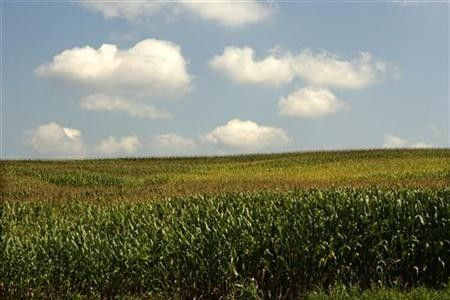Crop Production Amplifies Carbon Dioxide Cycle

A research team from Boston University collaborated with other universities and institutions to find out how agricultural production, especially corn, generates up to a quarter of the increase in the carbon cycle. Production statistics of crops mainly produced and consumed worldwide were used in the research. The group found out that yield from corn, wheat, rice and soybean has more than doubled since 1961. Consequently, a billion metric tonnes of carbon is absorbed and released annually.
Corn alone accounts for 67 percent of the crop contribution. The United States and China are the top corn producers with a total yield of 571,429,441 tonnes in 2013. Other top producers in the Northern Hemisphere include Indonesia, Ukraine, India, Africa, France, Mexico and Canada.
In the study, the group noticed certain changes in the C02 cycle which they attribute to climate change. The ecosystems are becoming more productive. They absorb higher levels of atmospheric carbon in summer and give off more during the cold months. The warmer climate has allowed longer growing season. Thus, more areas are filled with thick foliage which leads to quicker uptake of CO2. John Gray of Boston University describes these croplands as "ecosystems on steroids" because although they are not natural systems, they intensify 25 percent of seasonal swings in atmospheric carbon dioxide. Moreover, these crop plantations occupy only 6 percent of the vegetative areas in the Northern Hemisphere.
Liz Blood, program director for the National Science Foundation's MacroSystems Biology Program, which funded the research, says, "The study shows the power of modeling and data mining in addressing potential sources contributing to seasonal changes in carbon dioxide."
The research emphasises the significance of analysing ecosystems such as that of crop production to come up with models for climate study and planning human activities.





















